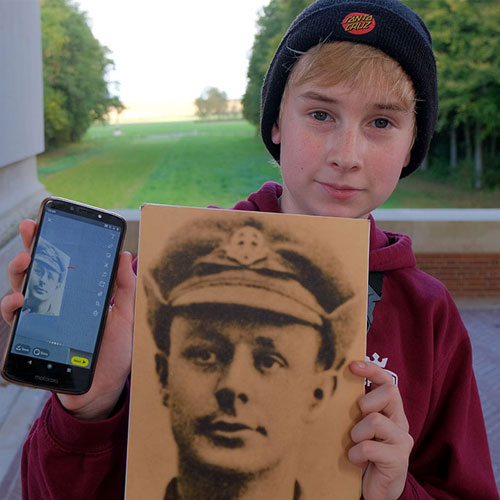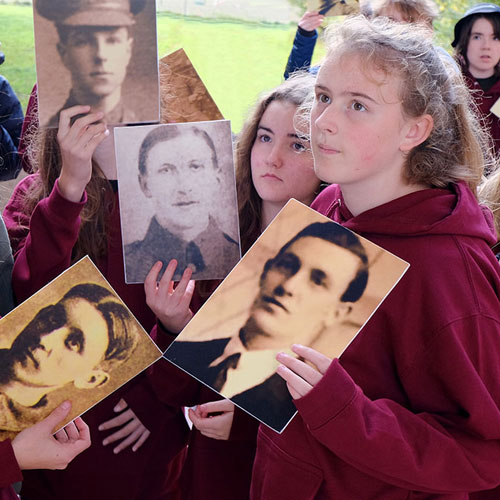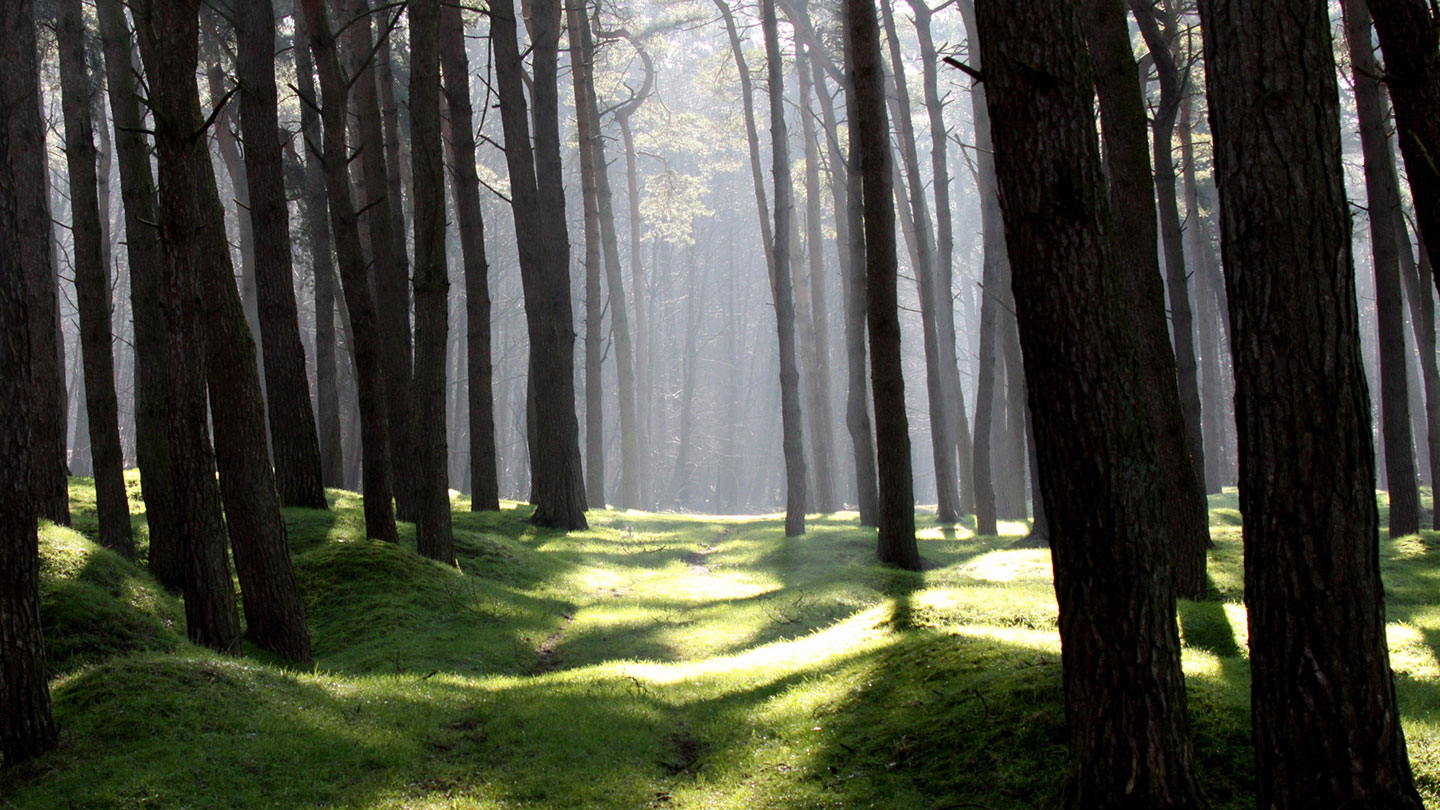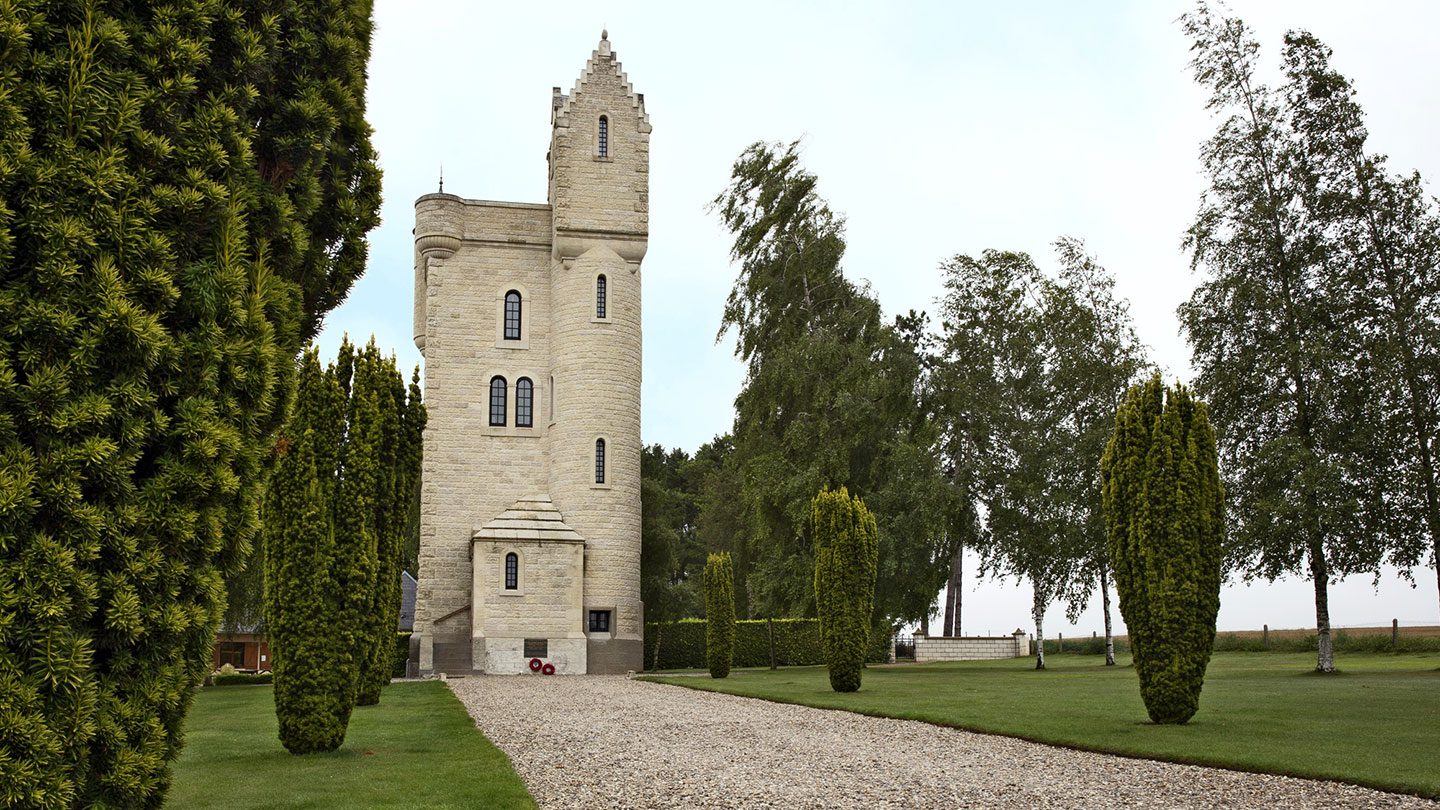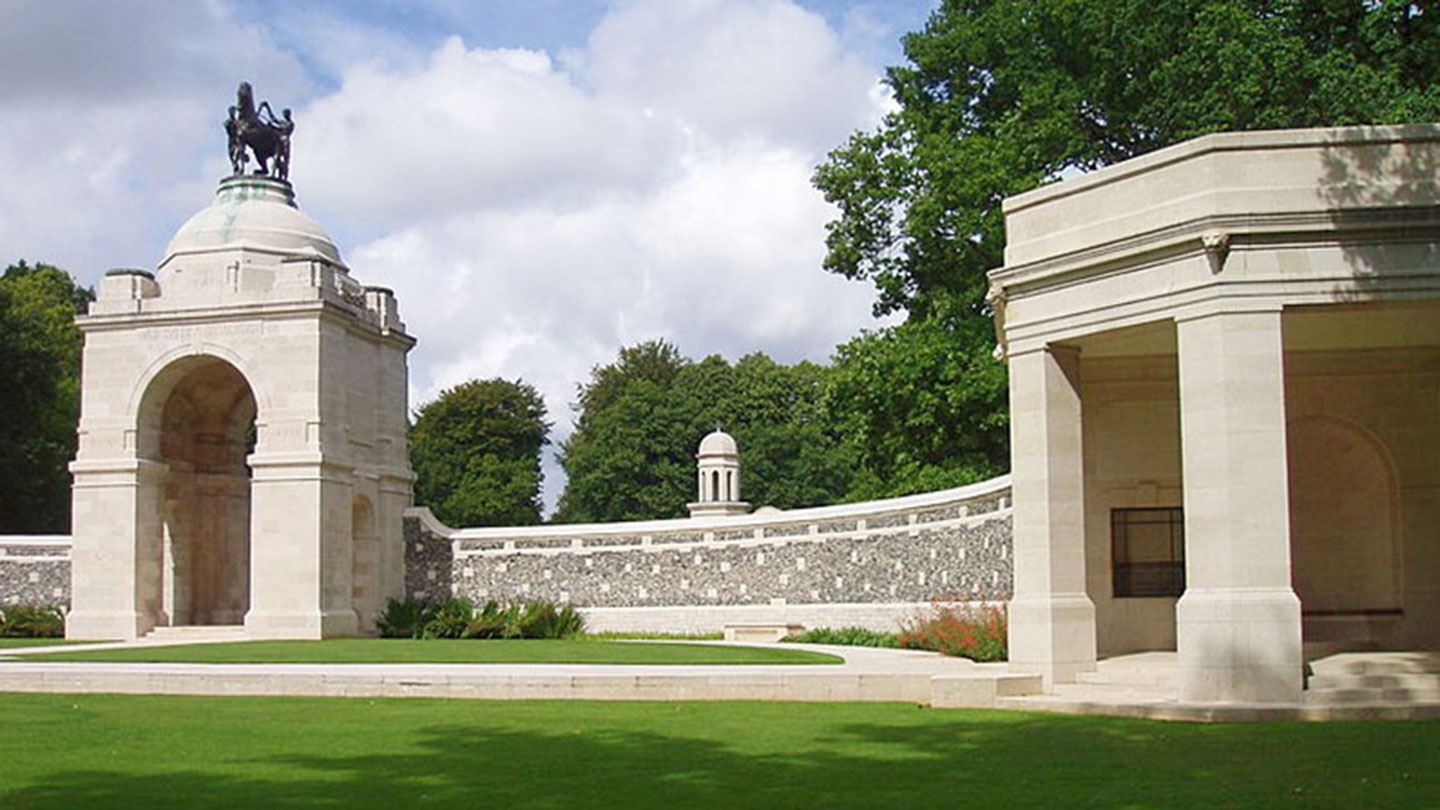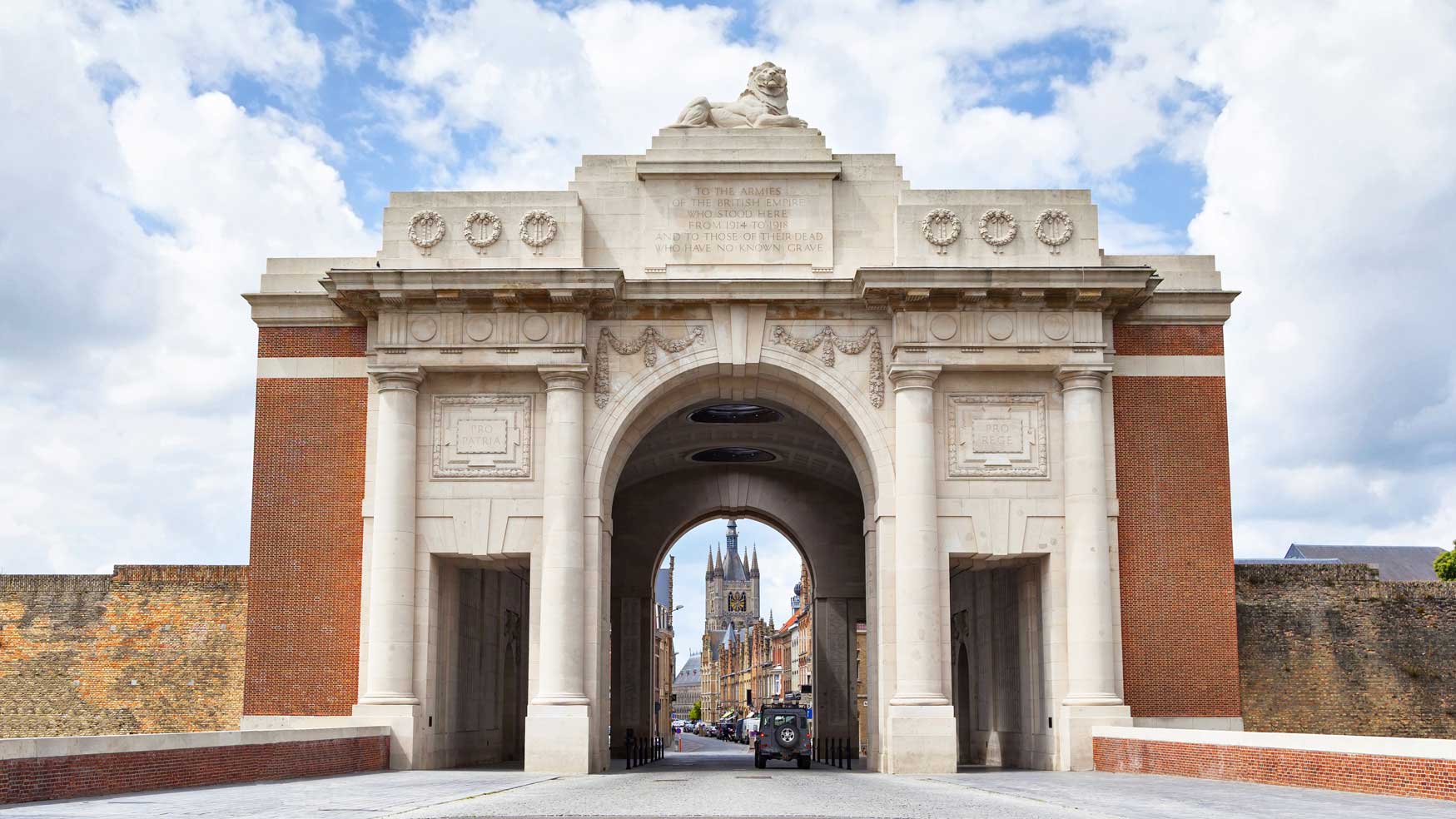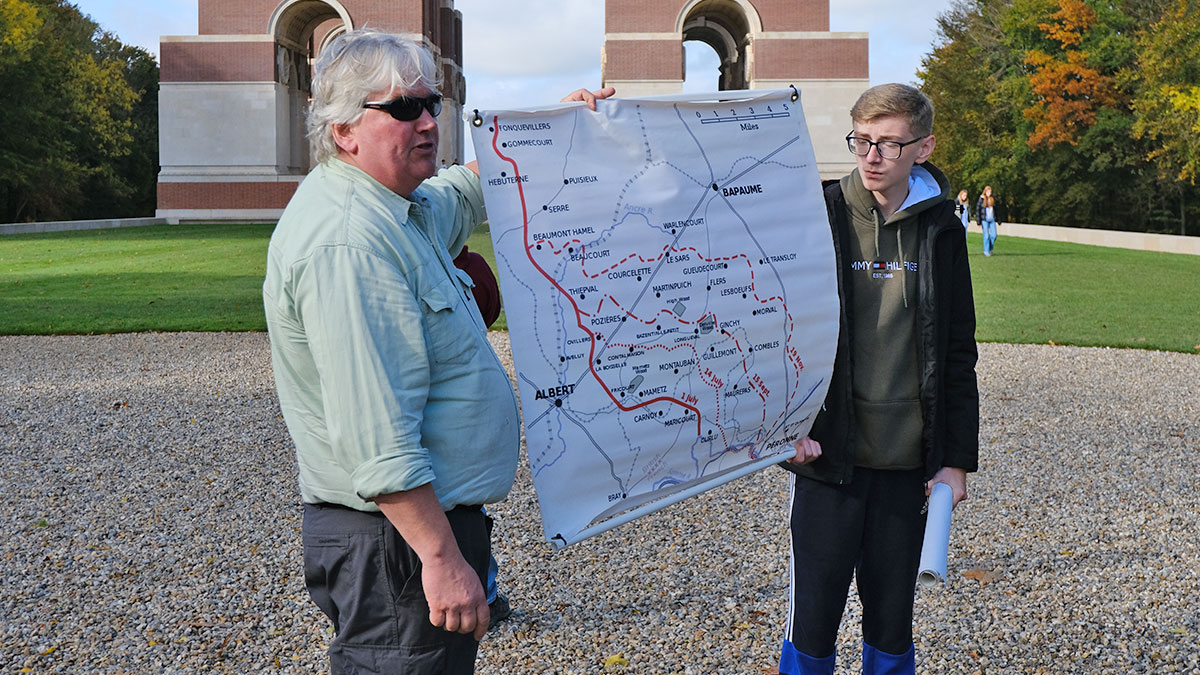
So your tailor-made history tour is planned and your students are getting even more prepared with each passing day – but what other things can you do to really lift your tour from good to unforgettable?
Well we had two incredible History Tour Guides come into Rayburn recently and impart some of their unending wisdom on us, and these following snippets really shone.
‘You’ve got to bring history to life.’
Tony Smith, History Tour Guide

